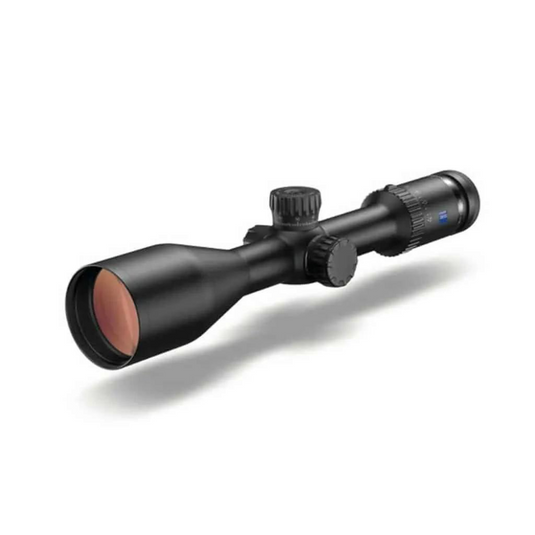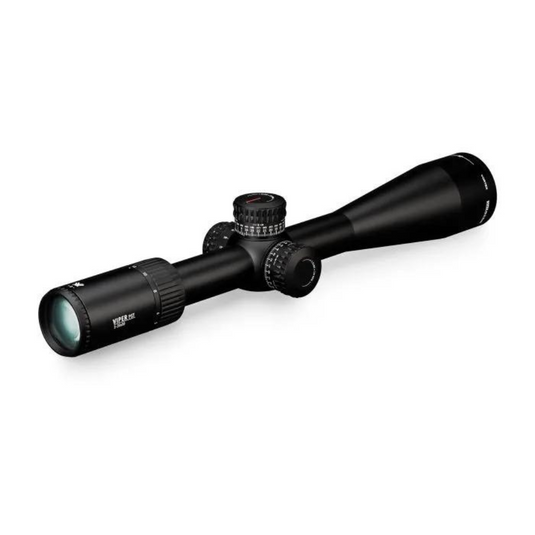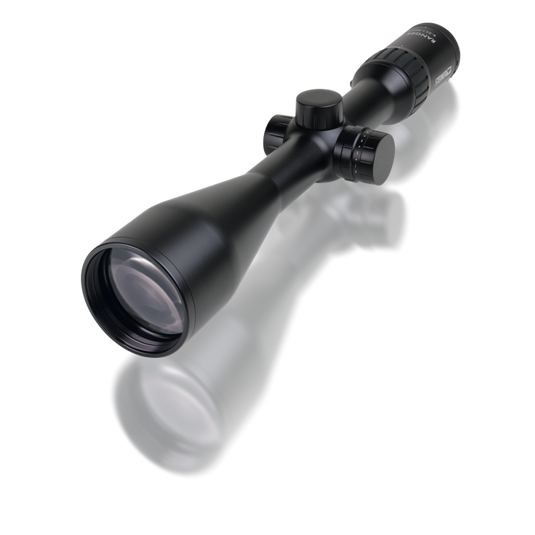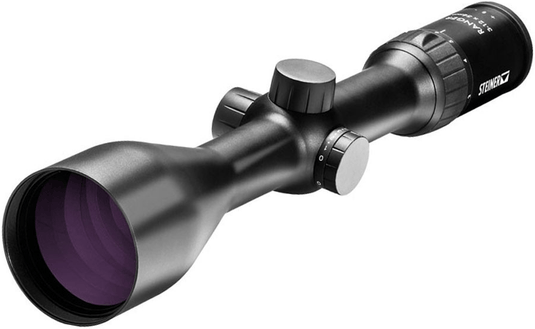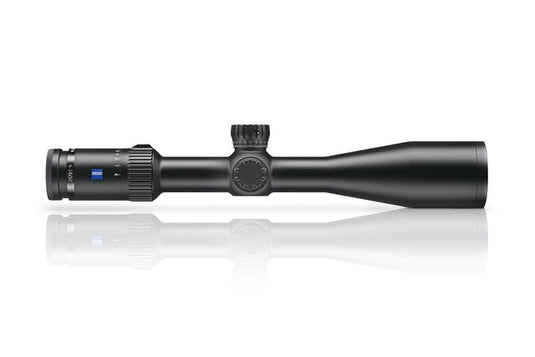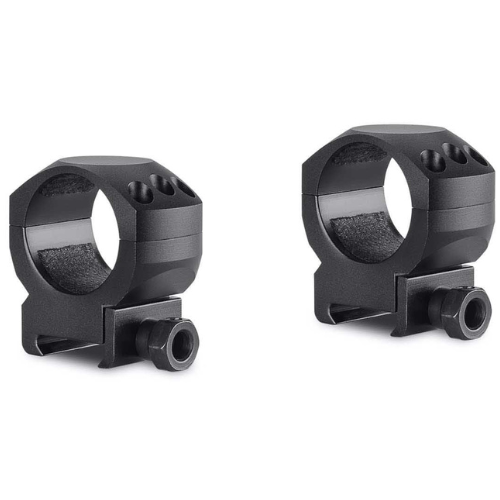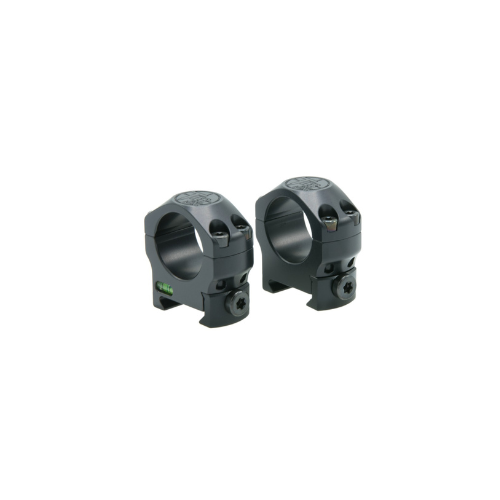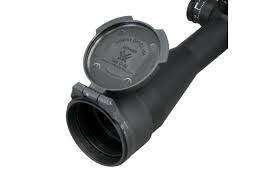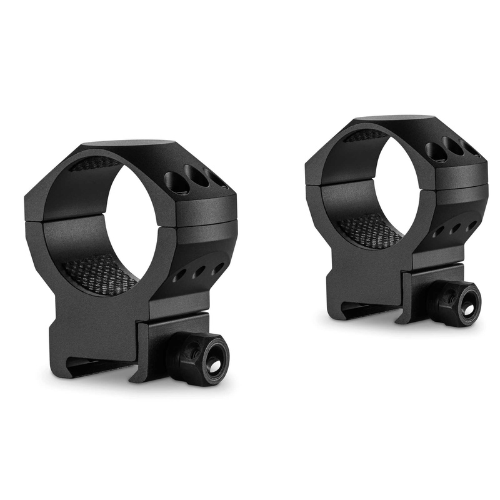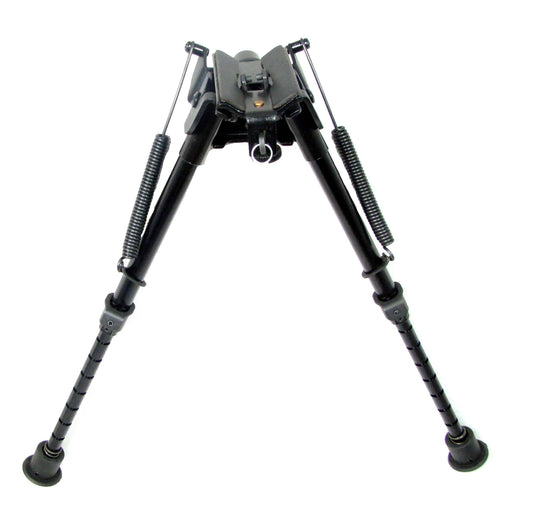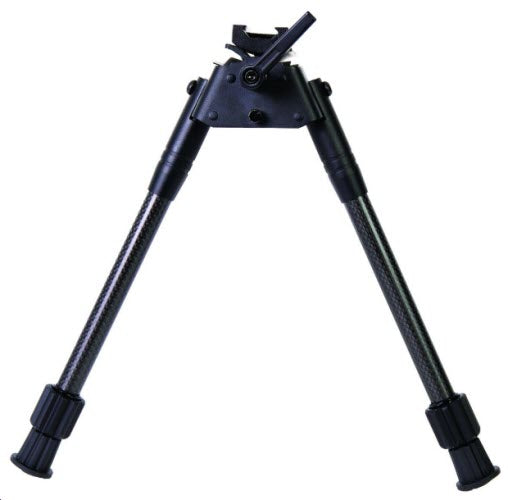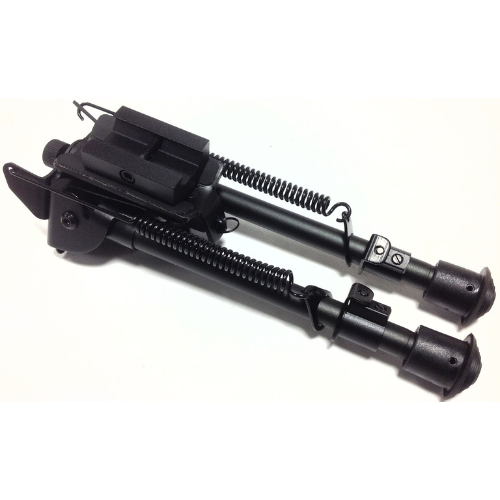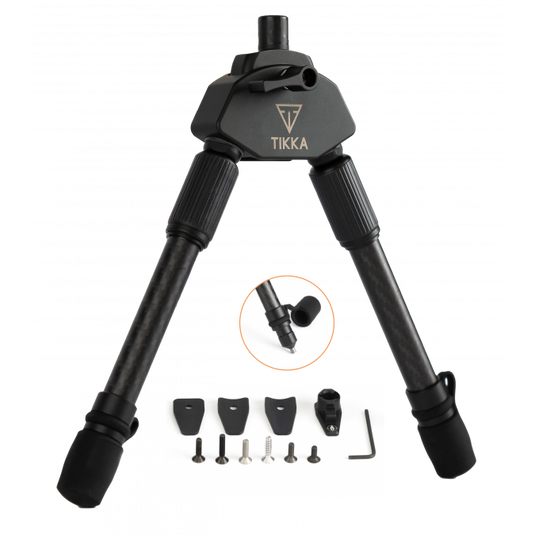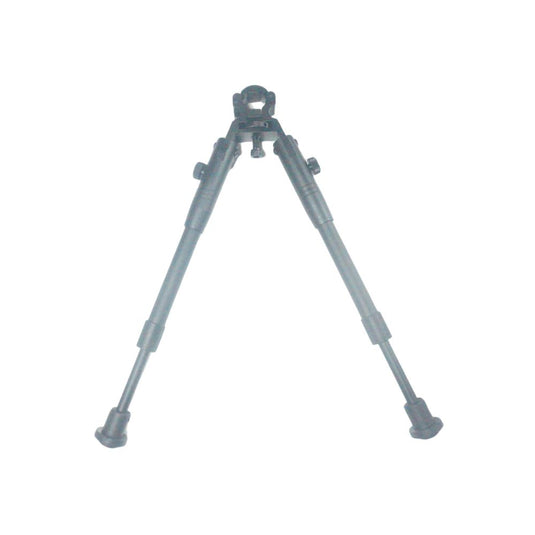Rifle Scopes: Enhancing Your Shooting Precision
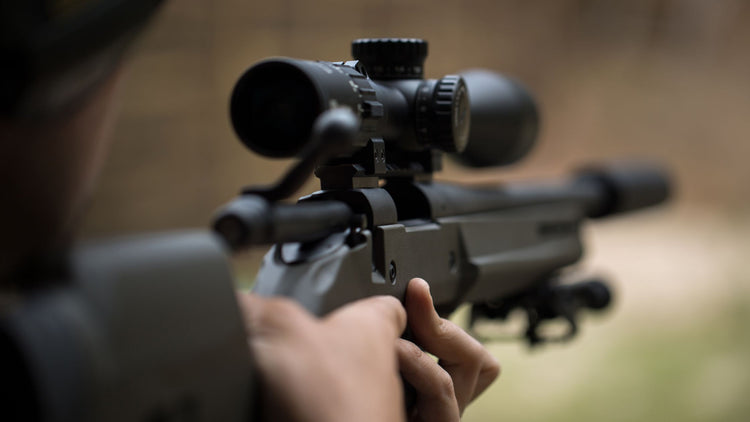
When it comes to improving shooting accuracy, rifle scopes are indispensable tools for hunters, sports shooters, and tactical professionals. A high-quality rifle scope can mean the difference between hitting your target and missing it altogether. This comprehensive guide delves into everything you need to know about rifle scopes, helping you choose the perfect scope for your needs and maximizing your shooting performance.
What is a Rifle Scope?
A rifle scope is an optical sighting device mounted on a firearm to enhance a shooter's aim by magnifying the target and providing a precise point of aim. Scopes are essential for long-distance shooting and are preferred over traditional iron sights due to their ability to improve accuracy significantly.
Key Components of a Rifle Scope
Understanding the parts of a rifle scope is crucial for making an informed purchase. Here are the primary components:
-
Objective Lens: Located at the front of the scope, the objective lens gathers light and focuses it into the scope. A larger objective lens generally allows more light, providing a clearer image in low-light conditions.
-
Ocular Lens: The lens closest to the shooter's eye, the ocular lens, works with the objective lens to magnify the target.
-
Tube: The main body of the scope, typically 1 inch or 30mm in diameter, houses the internal lenses and reticle.
-
Reticle: Also known as the crosshair, the reticle is the aiming point within the scope. Reticles come in various designs, including duplex, mil-dot, and BDC (bullet drop compensator).
-
Turrets: Adjustable knobs on the scope that allow for windage (horizontal adjustment) and elevation (vertical adjustment) to fine-tune the aiming point.
-
Magnification: Denoted by numbers such as 3-9x40, where 3-9x indicates the magnification range and 40mm is the objective lens diameter. Variable magnification scopes offer flexibility for different shooting scenarios.
Types of Rifle Scopes
Different shooting activities require different types of rifle scopes. Here are the most common types:
-
Hunting Scopes: Designed for hunters, these scopes often have a wide field of view and moderate magnification to accommodate various hunting environments.
-
Tactical Scopes: Used by military and law enforcement, tactical scopes offer higher precision and often include features like illuminated reticles and adjustable turrets for quick adjustments in the field.
-
Long-Range Scopes: Ideal for precision shooting at extended distances, these scopes have high magnification, advanced reticle systems, and large objective lenses.
-
Red Dot Scopes: Perfect for short-range shooting, red dot scopes provide a clear aiming point without magnification, allowing for rapid target acquisition.

Choosing the Right Rifle Scope
Selecting the right rifle scope depends on several factors, including your intended use, the type of firearm, and your shooting environment. Here are some tips to help you choose:
-
Determine Your Needs: Are you hunting, target shooting, or engaging in tactical operations? Your primary use will dictate the type of scope you need.
-
Consider Magnification: For close-range shooting, lower magnification (1-4x) is sufficient. For long-range shooting, higher magnification (10x or more) is necessary.
-
Check the Objective Lens Size: Larger lenses gather more light, providing a brighter image, but they also add weight to your firearm.
-
Evaluate the Reticle: Choose a reticle that suits your shooting style. Simple crosshairs are great for beginners, while more complex reticles like mil-dot offer advanced range estimation capabilities.
-
Quality and Durability: Invest in a scope from a reputable manufacturer known for producing high-quality, durable optics.
Mounting and Zeroing Your Rifle Scope
Properly mounting and zeroing your rifle scope is crucial for accuracy. Follow these steps:
-
Mounting: Use high-quality rings and bases compatible with your rifle. Ensure the scope is mounted securely and aligned correctly.
-
Zeroing: This process involves adjusting the scope so the point of aim matches the point of impact. Start by bore-sighting your scope, then fine-tune it at the range by shooting groups and making necessary adjustments using the turrets.
Maintenance and Care
To ensure longevity and optimal performance, regular maintenance of your rifle scope is essential:
-
Clean the Lenses: Use a soft, lint-free cloth and lens cleaner to remove dirt and smudges.
-
Protect the Scope: When not in use, keep your scope covered and store it in a dry, safe place.
-
Check the Mounts: Regularly inspect the mounting hardware to ensure it remains tight and secure.
Conclusion
A well-chosen rifle scope can dramatically enhance your shooting accuracy and overall experience. By understanding the various components, types, and features of rifle scopes, and by following proper mounting and maintenance practices, you can maximize your shooting potential. Whether you're a seasoned marksman or a novice shooter, investing in a quality rifle scope is a decision you won't regret.
For more insights and reviews on the best rifle scopes available, stay tuned to our blog and keep your sights set on success!
Rifle Accessories
5.0 / 5.0
(1) 1 Translation missing: en.genaral.accessibility.total_reviews
5.0 / 5.0
(1) 1 Translation missing: en.genaral.accessibility.total_reviews
5.0 / 5.0
(1) 1 Translation missing: en.genaral.accessibility.total_reviews
5.0 / 5.0
(1) 1 Translation missing: en.genaral.accessibility.total_reviews
5.0 / 5.0
(1) 1 Translation missing: en.genaral.accessibility.total_reviews
5.0 / 5.0
(1) 1 Translation missing: en.genaral.accessibility.total_reviews
5.0 / 5.0
(1) 1 Translation missing: en.genaral.accessibility.total_reviews
5.0 / 5.0
(1) 1 Translation missing: en.genaral.accessibility.total_reviews

